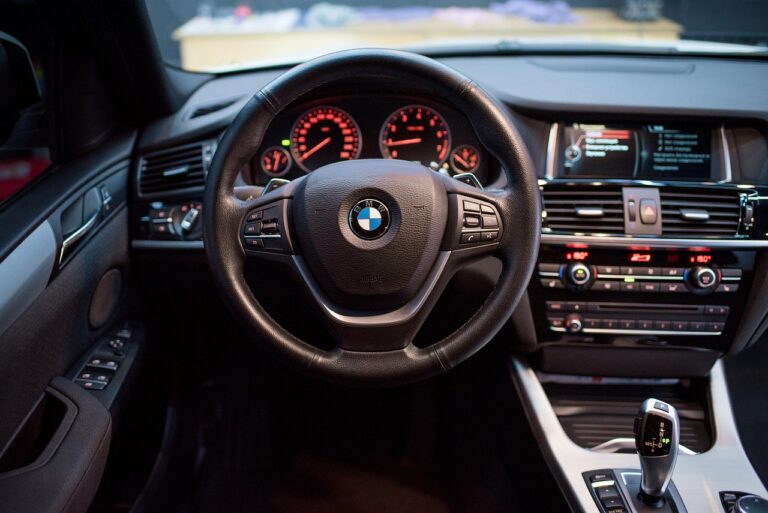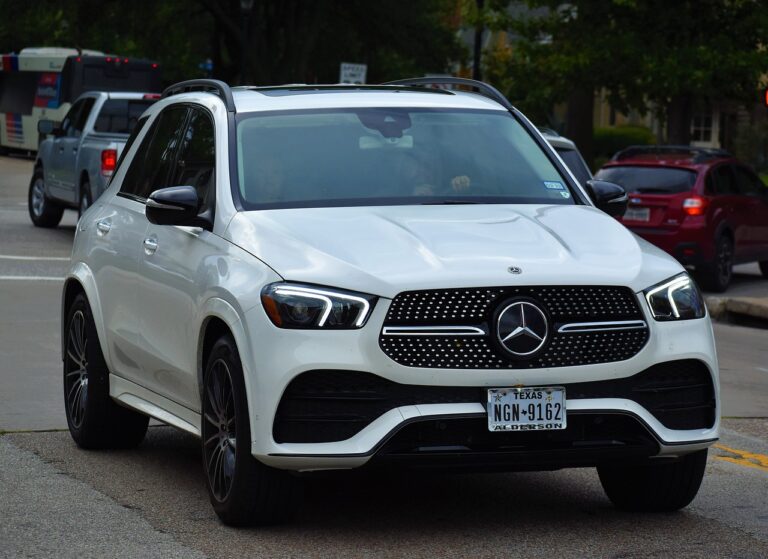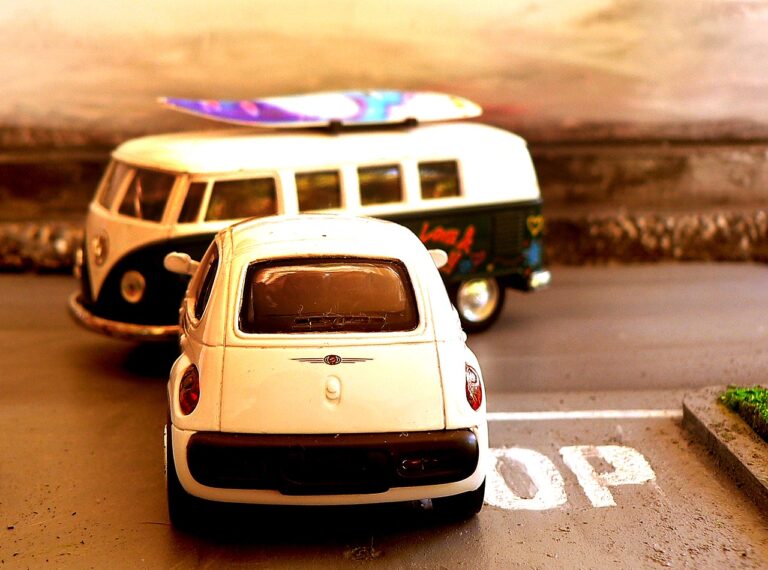The Impact of Ride-Hailing Services on Urban Traffic Patterns
Urban traffic changes are primarily influenced by population growth and economic development within a city. As more people move into urban areas in search of job opportunities and improved living standards, the demand for transportation also increases. This results in higher traffic volumes on the roads, leading to congestion and longer commute times for residents.
Advancements in technology have brought about changes in urban traffic patterns as well. The rise of ride-sharing services, such as Uber and Lyft, has provided people with more convenient and affordable transportation options than traditional taxis or public transit. Additionally, the emergence of electric scooters and bikes as alternative modes of transport has further diversified the ways in which people navigate through cities, impacting traffic flow and infrastructure planning.
Challenges Faced by Traditional Transportation Systems
Traditional transportation systems are grappling with the ever-increasing urbanization and population growth, leading to overcrowded roads and public transportation services. This strain on the existing infrastructure not only results in traffic congestion but also contributes to longer commute times and increased pollution levels. As a result, it becomes challenging for traditional transportation systems to efficiently cater to the needs of a growing population, leading to frustration among commuters and deteriorating quality of life in urban areas.
Moreover, the reliance on fossil fuel-powered vehicles in traditional transportation systems poses a significant challenge in terms of environmental sustainability. The emissions from these vehicles contribute to air pollution, greenhouse gas emissions, and overall environmental degradation. As the global focus shifts towards sustainable and eco-friendly practices, traditional transportation systems face the daunting task of transitioning towards cleaner alternatives. This shift requires significant investments in new infrastructure and technologies, posing a financial hurdle for many traditional transportation systems struggling to keep up with the evolving demands of urban mobility.
What are some key drivers of urban traffic changes?
Some key drivers of urban traffic changes include population growth, increased vehicle ownership, urbanization, and changes in commuting patterns.
What challenges do traditional transportation systems face?
Traditional transportation systems face challenges such as congestion, pollution, inadequate infrastructure, and increasing demand for mobility.
How do these challenges impact urban areas?
These challenges can lead to increased travel times, decreased air quality, road accidents, and overall decreased quality of life in urban areas.
What are some potential solutions to address these challenges?
Potential solutions include investing in public transportation, promoting cycling and walking, implementing smart technology solutions, and encouraging carpooling and ridesharing.
How can individuals contribute to overcoming these challenges?
Individuals can contribute by using public transportation, cycling or walking for short trips, carpooling, supporting infrastructure improvements, and advocating for sustainable transportation policies.





